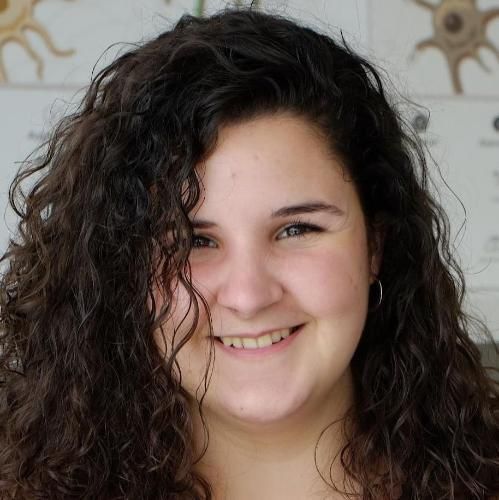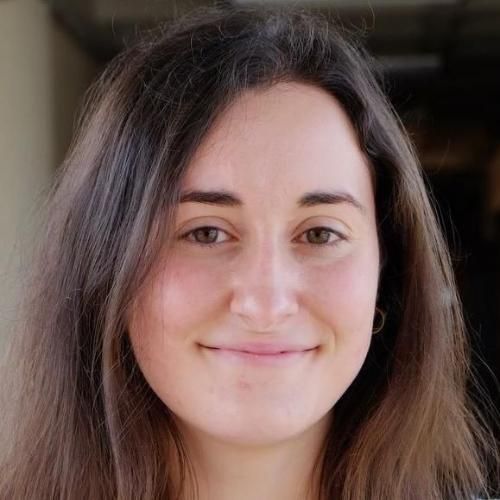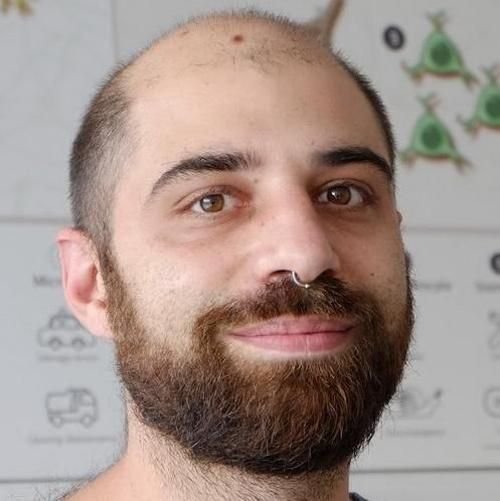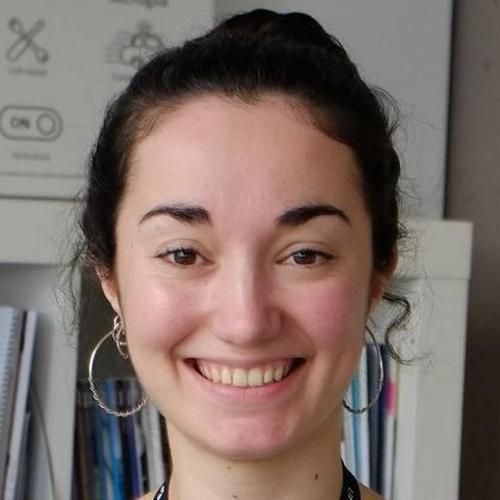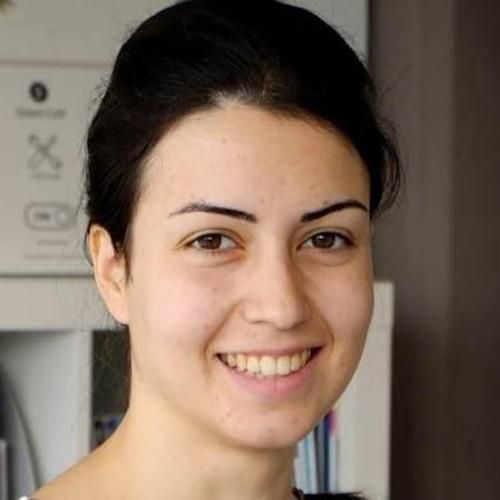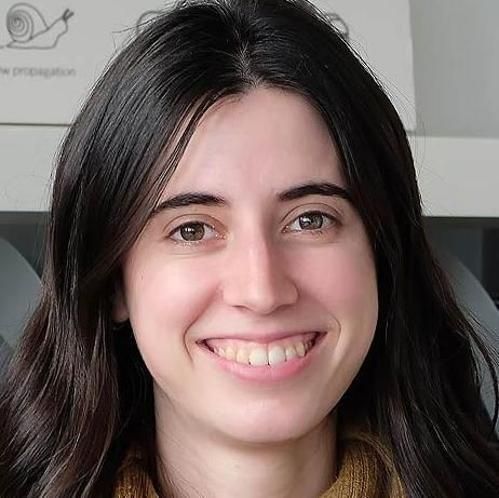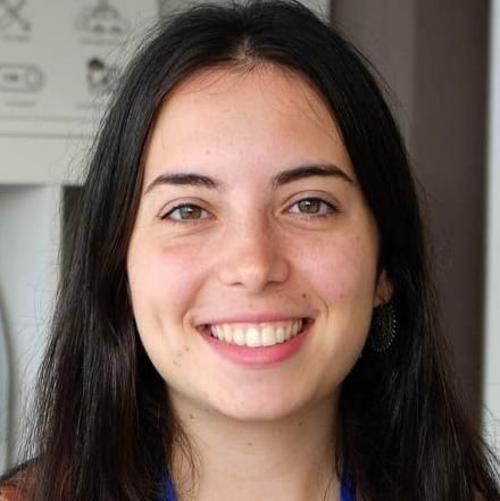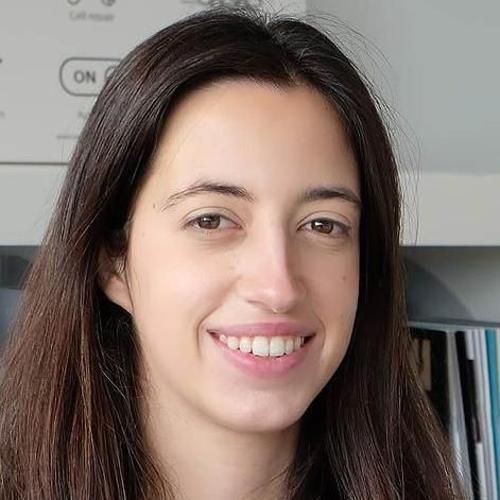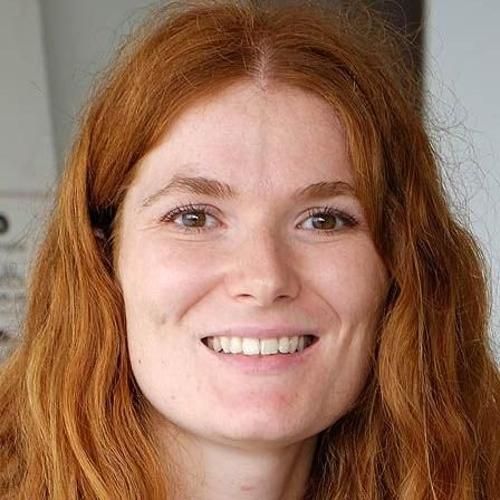Laboratory of Glia and Matrix Biology
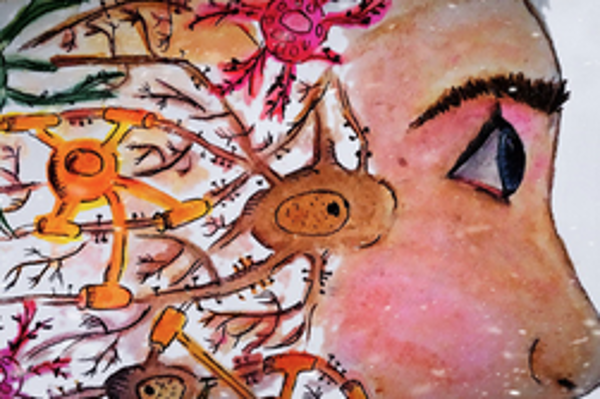
Responsables: Elena María Alberdi AlfonsoMaría Domercq GarcíaMaría Victoria Sánchez GómezFederico Nicolas Soria Lannes
Centro (uo): Achucarro Basque Center for Neuroscience
Correo electrónico: Jan.Tonnesen@ehu.eus
Página web: https://www.achucarro.org/es/laboratory/glia-matrix-biology/
We are a group of PIs leading our own projects, with no group leader, sharing a common space, resources, ideas and an enthusiastic passion for research. We have a strong commitment to gender equality, open science, teamwork and work-life balance, encouraging a healthy workplace environment and good laboratory practices. Our group studies how glia integrate signals from other cells and from the extracellular matrix, and how this fascinating dialogue shapes both brain physiology and pathology. We are particularly interested in oligodendrocytes, the myelinating cells of the brain, and in microglia, the highly specialized tissue macrophages of the CNS. Myelin sheaths facilitate fast, saltatory conduction of action potentials and contribute to axon metabolic supply. Oligodendrocytes myelinate CNS axons by an orchestrated and precisely regulated process. Myelination involves distinct stages of progenitor activation, recruitment (proliferation and migration) and differentiation into mature myelin-sheath-forming oligodendrocytes. In turn, myelin degeneration and white matter loss resulting from oligodendrocyte death are key events in demyelinating disorders such as multiple sclerosis but also an early event in Alzheimer’s disease (AD) that lead to cognitive deficits. One of our research goals is to understand the mechanisms involved in oligodendrocyte damage in those pathologies and to design new strategies to improve the endogenous brain capacity of myelination/remyelination. Beyond neurons and glia, the Central Nervous System (CNS) holds a plastic scaffold known as the extracellular matrix (ECM), where the long chains of the glycan polymer hyaluronan are its most abundant component. The interaction with the extracellular microenvironment is particularly relevant for the function of microglia, which recognizes matrix fragmentation as a “damage” signal, but can also shape matrix structure. One of our research goals is to understand this matrix-microglia crosstalk in healthy and aging brain, as well as in disease states such as Parkinson’s disease and demyelination.
Investigadores/as
Clasificaciones
- Centros (c): Achucarro Basque Center for Neuroscience







